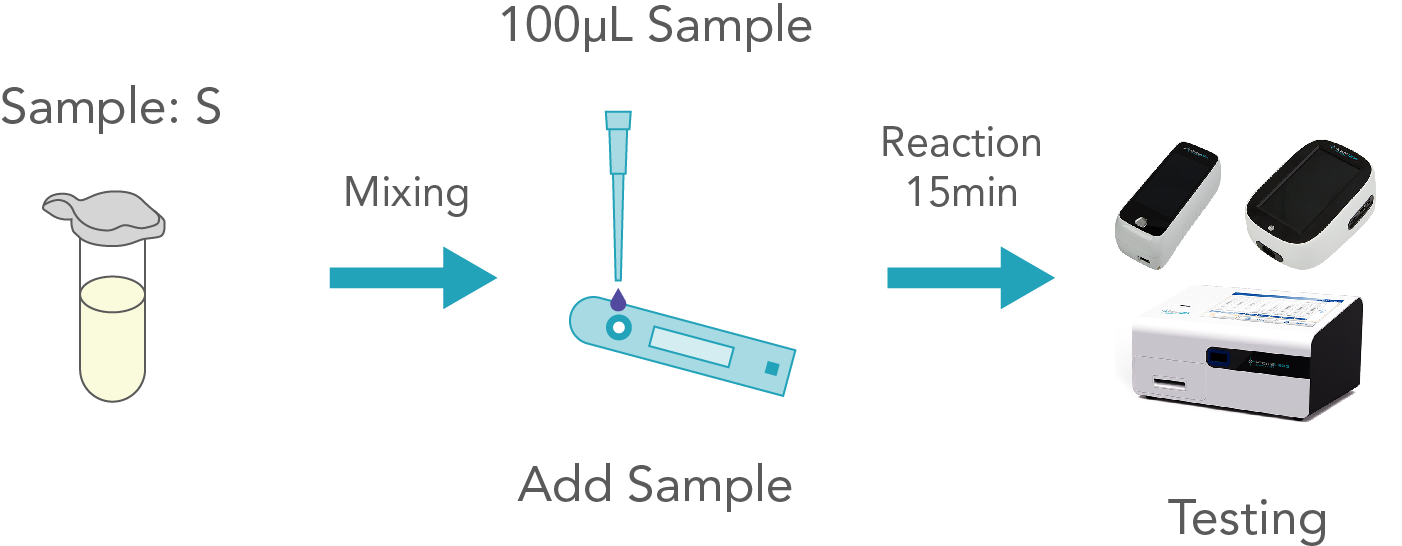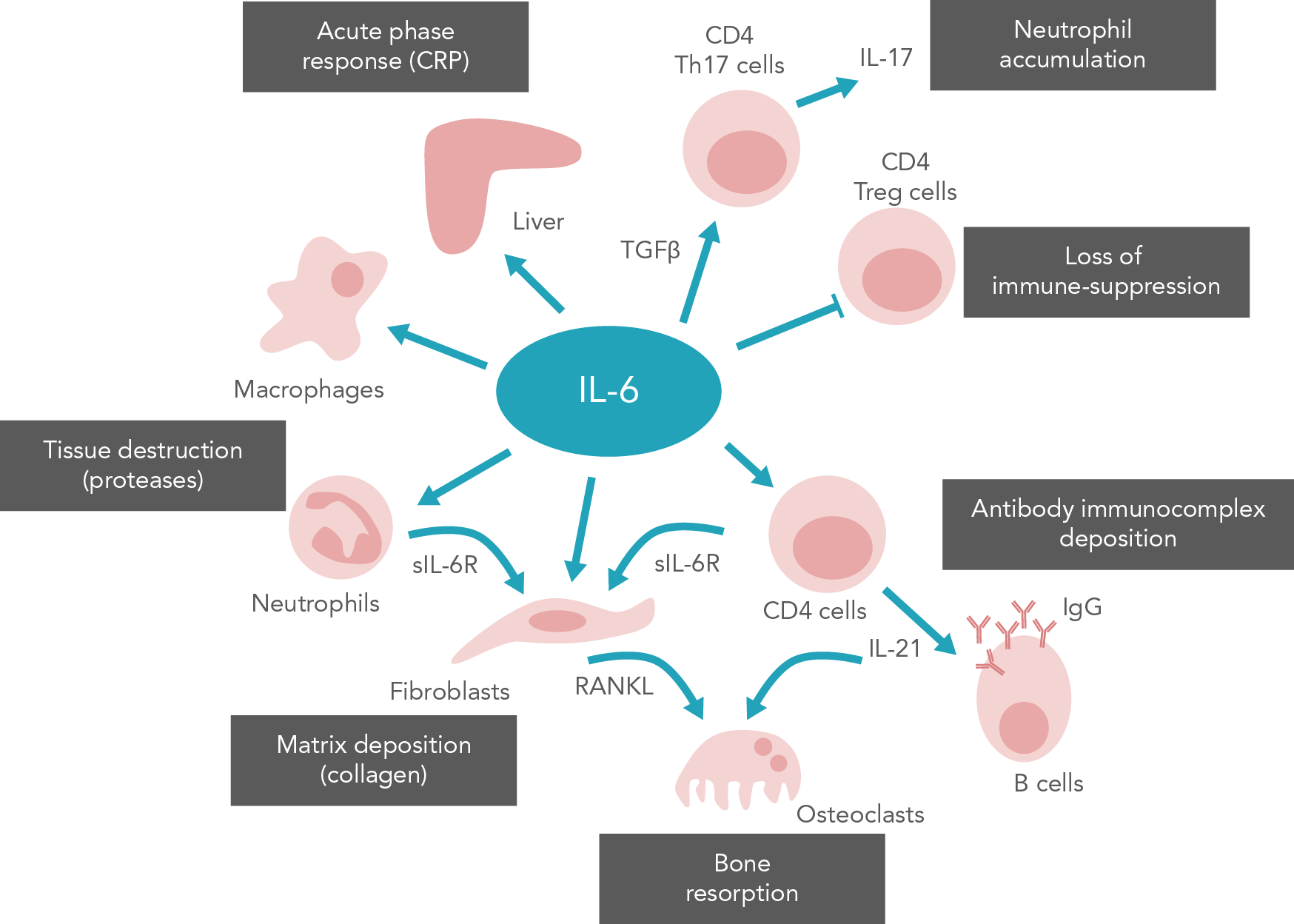BackDuration: 15 minutes
An indicator of the body’s response to infection or inflammation
Clinical significance of test
Interleukin-6(IL-6)is a cytokine that belongs to the class of interleukins. It is produced by fibroblasts, monocytes/macrophages, T lymphocytes, B lymphocytes, epithelial cells, keratinocytes, and various tumor cells. IL-6 plays a critical role in regulating the acute phase response, hematopoiesis, inflammation, metabolic control, liver regeneration, bone metabolism and cancer progression.
Steps of operation
Clinical application
- Help evaluate a person who has a condition associated with inflammation, such as lupus or rheumatoid arthritis, or with infection, such as sepsis. It may also be used in the evaluation of diabetes, stroke, or cardiovascular disease
- The IL-6 test is not frequently ordered. C-reactive protein (CRP) is the most commonly ordered test to evaluate inflammation, but IL-6 may be ordered in conjunction with or following a CRP test when a person has signs and symptoms of an inflammatory condition or infection and a health care practitioner wants additional information
- Interleukin 6 can also be a cancer inflammatory marker. High interleukin 6 can lead to enhanced tumour growth through the STAT 3 Pathway so is used in cases to monitor treatment
Interpretation of results
Contact us


